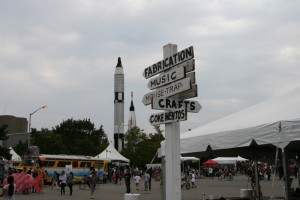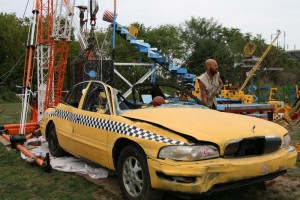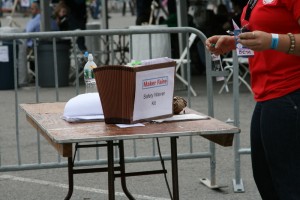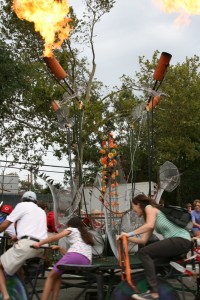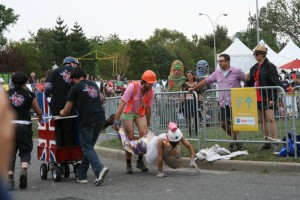Two of my peer-reviewed journal articles about (1) the Burning Man organization and the arts and (2) the development of several Burning Man departments – the Black Rock Rangers, DPW, and the Tech Team – are now available in print and on-line.
You can also download some of my other academic and general publications and view links here. Please email me with a request if you or your institution does not have access to a particular article that is in print.
1. Chen, Katherine K. 2012. “Artistic Prosumption: Cocreative Destruction at Burning Man.” American Behavioral Scientist 56(4): 570-595.
Researchers have called for more studies of how organizations institutionalize the unfamiliar as taken for granted. This study answers this call by examining how an organization has advocated an unfamiliar activity, the prosumption of art. To show how particular means and ends become taken for granted, this research analyzes how the Burning Man organization has promoted a logic advocating the prosumption of art. Using an in-depth ethnographic study of the organization behind Burning Man, a weeklong gathering of 50,000 persons around a ceremonial bonfire of a 40-foot-tall sculpture in the Nevada Black Rock Desert, the author shows how the Burning Man organization codified and advocated what she identifies as an inclusive community logic, a set of beliefs and practices that promote artistic prosumption. Members sought to expand who may produce art by recasting producers and consumers as prosumers, what kind of art is produced by encouraging interactions via prosumption, and how art is consumed by imbuing prosumption with specific meaning via connection. However, conflicts about whether particular actions support or undercut the inclusive community logic have not only challenged the Burning Man organization’s authority to shape prosumption but also forced organizers to clarify the ambiguous contours between appropriate and inappropriate activities. This research makes three contributions: (a) It reveals how an organization can facilitate new conceptions of activities by promulgating a logic that highlights contrasts between not-yet-familiar and conventional means; (b) it delves into how an organization adjudicates among competing conceptions of appropriate activities, illuminating the promotion of prosumption specifically and the emergence of a logic generally; and (c) it synthesizes three separate literatures on the sociology of organizations, prosumption, and art.
2. Chen, Katherine K. 2012. “Laboring for the Man: Augmenting Authority in a Voluntary Association.” Research in the Sociology of Organizations 34:135-164.
Abstract: Drawing on Bourdieu’s field, habitus, and capital, I show how disparate experiences and “dispositions” shaped several departments’ development in the organization behind the annual Burning Man event. Observations and interviews with organizers and members indicated that in departments with hierarchical professional norms or total institution-like conditions, members privileged their capital over others’ capital to enhance their authority and departmental solidarity. For another department, the availability of multiple practices in their field fostered disagreement, forcing members to articulate stances. These comparisons uncover conditions that exacerbate conflicts over authority and show how members use different types of capital to augment their authority.

